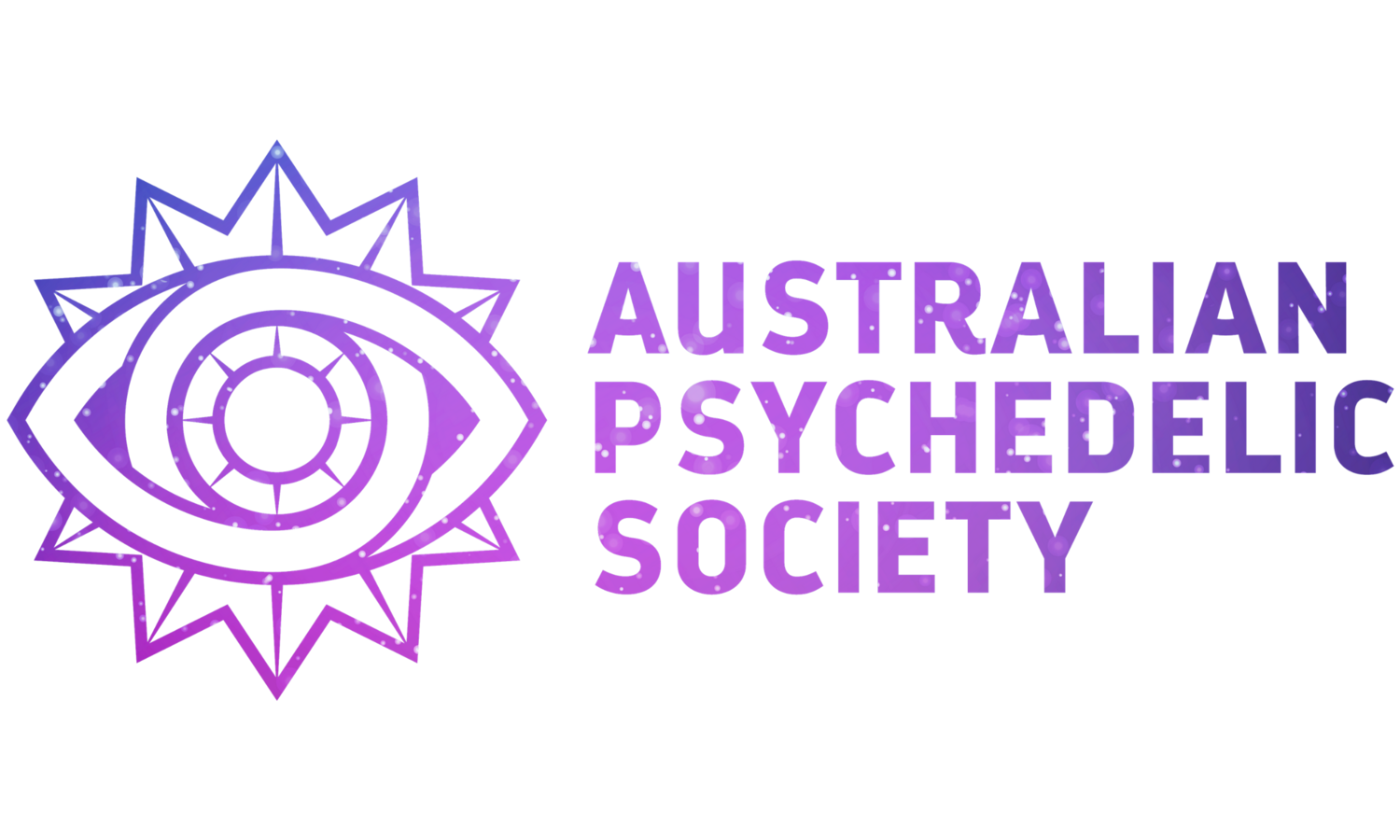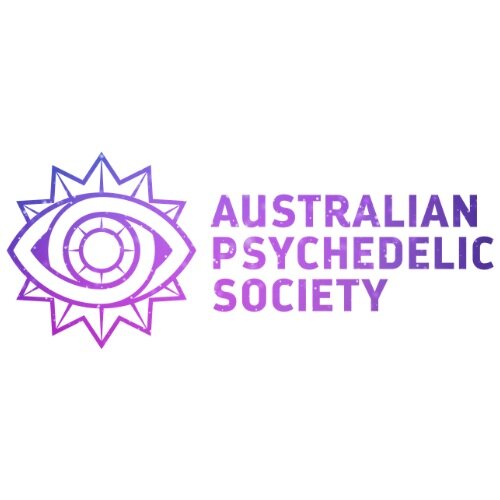Why everyone needs to know about opioid overdose
Stay safe and read on:
Opioid overdose is a serious risk, especially with the increasing presence of potent nitazenes in the drug supply. It's crucial to know the signs of overdose, have naloxone available, and stay informed through public health alerts to ensure safety.
What are opioids?
A class of substances that act on opioid receptors which are normally the target for endorphins.
They are medically used for pain relief and cough suppression.
Examples include morphine, codeine, heroin, oxycodone, fentanyl, tapentadol, tramadol, opium, buprenorphine and methadone.
But I don’t use opioids, so why does it matter?
Nitazenes are a class of opioids that have been increasingly detected in the Australian drug supply. Some are much stronger than fentanyl.
They have been detected in ecstasy tablets and powders sold as cocaine, ketamine and heroin.
There have been a number of cases of nitazene overdose from illicit vape juices, some of which were thought to contain THC but actually contained the potent opioids.
They have also been detected in fake Xanax (sometimes along with benzodiazepines which is a high risk combination) and Oxycontin tablets.
Opioid overdose is no longer a risk only to those knowingly using opioids.
What are some of the risks?
Overdose - with an increased risk when combined with other sedating substances that can impair breathing like alcohol, benzodiazepines, GHB/GBL/1,4-BD, ketamine.
They often cause nausea which can lead to pneumonia if vomit is inhaled while sedated.
Physical dependence and withdrawal symptoms after stopping regular use
Psychological dependence.
What are the signs of opioid overdose?
Sedation and drowsiness. If someone doesn’t respond to voice and light touch, they need support and first aid whatever the cause.
Difficulties breathing - this may start as slow or shallow breathing and breathing may stop suddenly. They may be cool to the touch and lips or fingertips may start to become pale or bluish. This is a medical emergency that requires immediate first aid.
If there is noisy breathing like a rattling or gurgling sound, they may have inhaled vomit. Sometimes this may present with coughing, but not always. This is a medical emergency that requires immediate first aid.
‘Pinpoint’ pupils - the person may have very small pupils in both eyes.
Slow heart rate.
What can I do to keep myself and my friends safe?
Avoid using substances alone, particularly if it is the first time using that particular batch. Overdoses can happen quickly and you may not be able to call for help.
Start with a low dose and go slow with any subsequent doses.
Avoid combining substances and always research possible interactions before you do. If combining, use lower doses than if taking one of the substances on its own, particularly where the substances have similar effects or side effects (e.g different types of sedative).
Do a basic life support or first aid course and know when and how to start CPR.
Always call an ambulance if concerned, if something doesn’t seem right or if the effects of the substance taken were not what was expected. You must call an ambulance if someone stops responding to voice and light touch or if breathing becomes difficult.
Get your drugs tested if you have access to testing facilities. Nitazene test strips are also available online.
Have naloxone available and know when and how to use it.
Keep track of public health drug alerts: NUAA and most state and territory health departments publish alerts.
What is naloxone?
Naloxone is a medicine that can reverse opioid overdose.
It comes in a nasal spray device.
It is available from participating pharmacies, most public alcohol and other drug services and most needle and syringe programs. It is often free of charge.
Always closely monitor the person after giving naloxone and call an ambulance - some opioids last much longer than naloxone and the overdose can return after the naloxone wears off.
It is more important than ever for anyone taking psychoactive substances, or around others who do, to know the signs of opioid overdose, know basic life support and have a supply of naloxone.
Nitazene test strips are also available online, for those that do not have access to the drug checking services now operating in some states.
Stay safe, have naloxone on hand, keep track of alerts from health authorities and drug checking services, never hesitate to call an ambulance and do a basic life support course.


